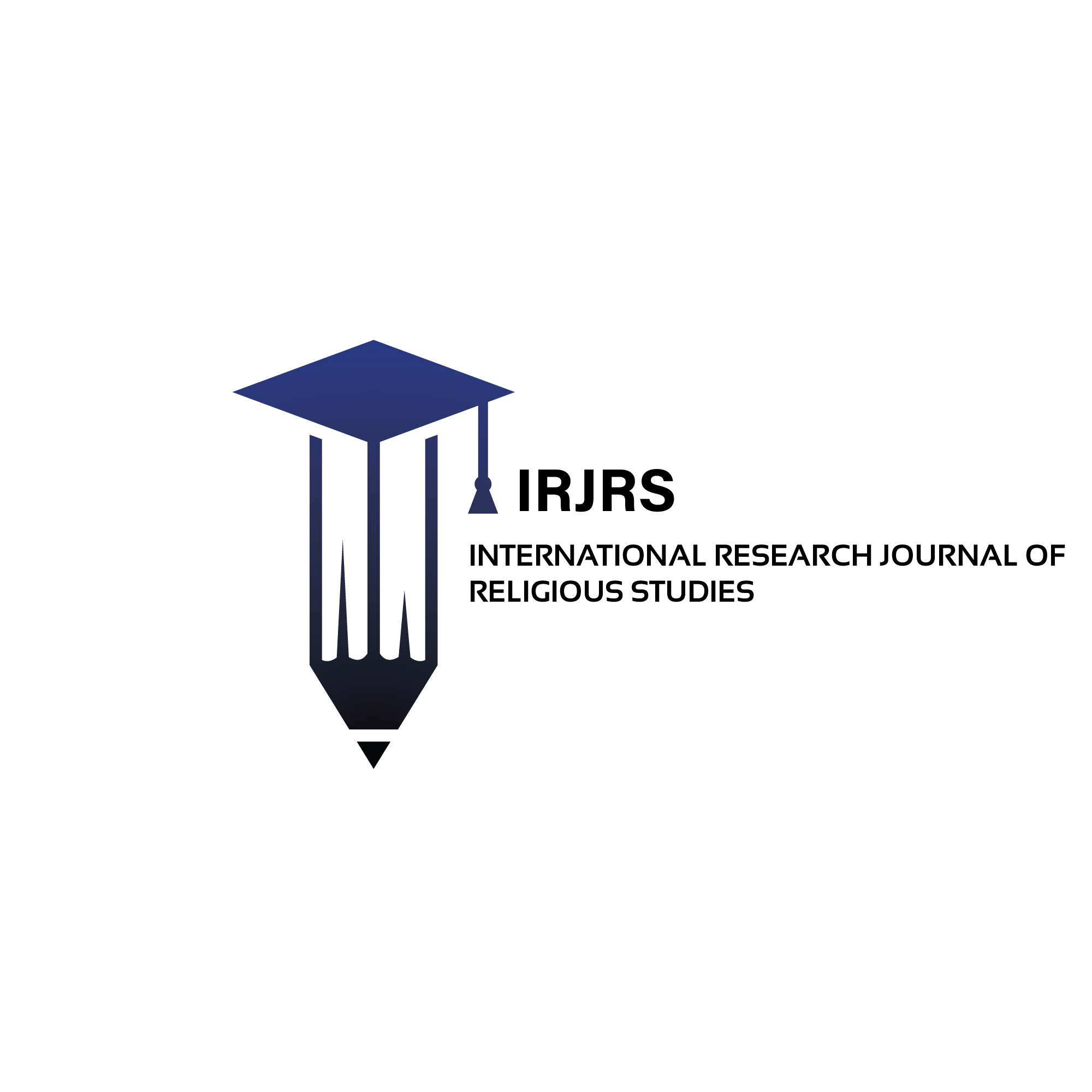اورل ہسٹری اور ادب ایک تحقیقی جائزہ
Oral History and Literature: An Exploratory Review
Keywords:
Oral history, Urdu Literature, comprehending, usability, compilations.Abstract
This research article attempts to introduce Oral history which is a relatively new term in historical studies. Oral history is not only a new category within the historical studies but also a new source of evidence collection which has great potential to enrich the existing narratives of historical events available to us. The term oral history has been in use in the developed countries since 1960s. It refers to the use of narration of individuals who were participants of historically significant events and can range from personal letters, memoirs and interviews to literary compilations. It is argued that these sources are equally important to complete the narration of history and to gain a deeper understanding of the events. It can play a particularly significant role in comprehending the social impacts of events on common people. However, till date the application of Oral History in Urdu Literature has been limited. Urdu Literature is undoubtedly a valuable source of social and human history of sub-continent as a whole and later the struggle of the newly formed country Pakistan to make its mark on the socio political world map. Despite this, it lacks acceptability as a historical source due to the strictly set norms of recording facts and events in general history, particularly in this part of the world. Oral history can be effectively used to fill in the gaps present in general history. This article focuses on the importance of increasing the acceptability and usability of such sources, from Urdu Literature, of oral history .








